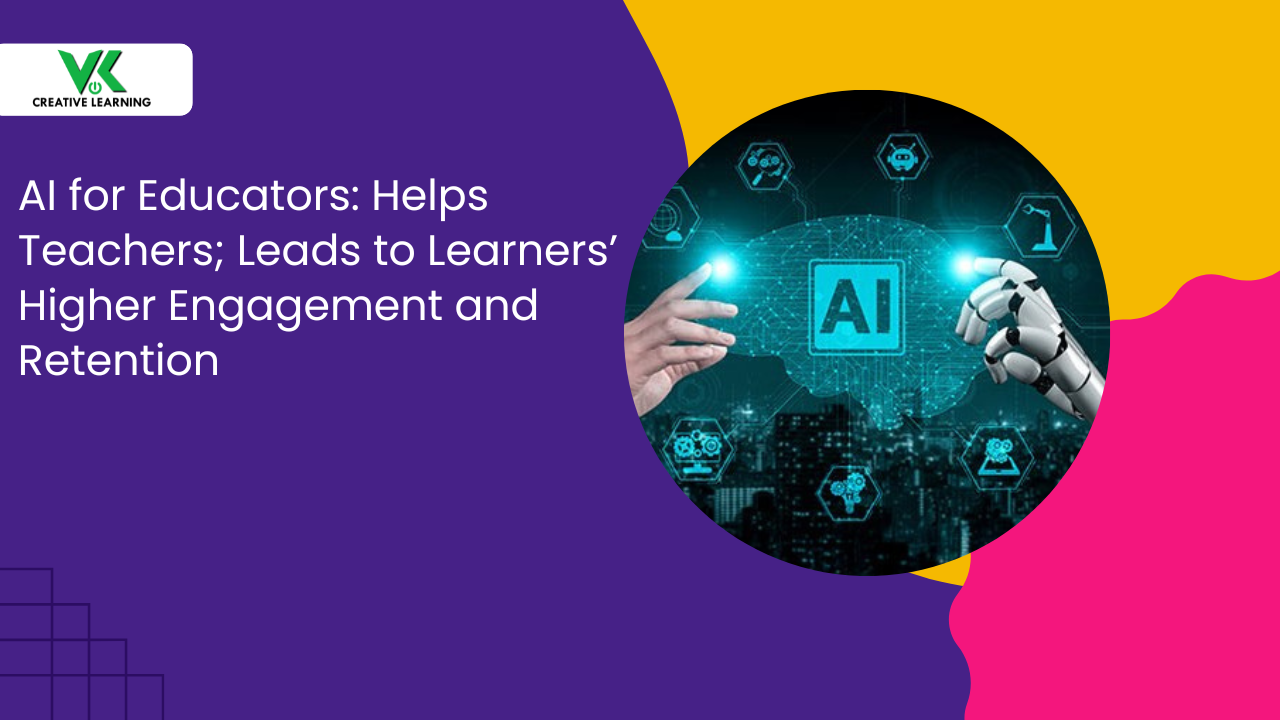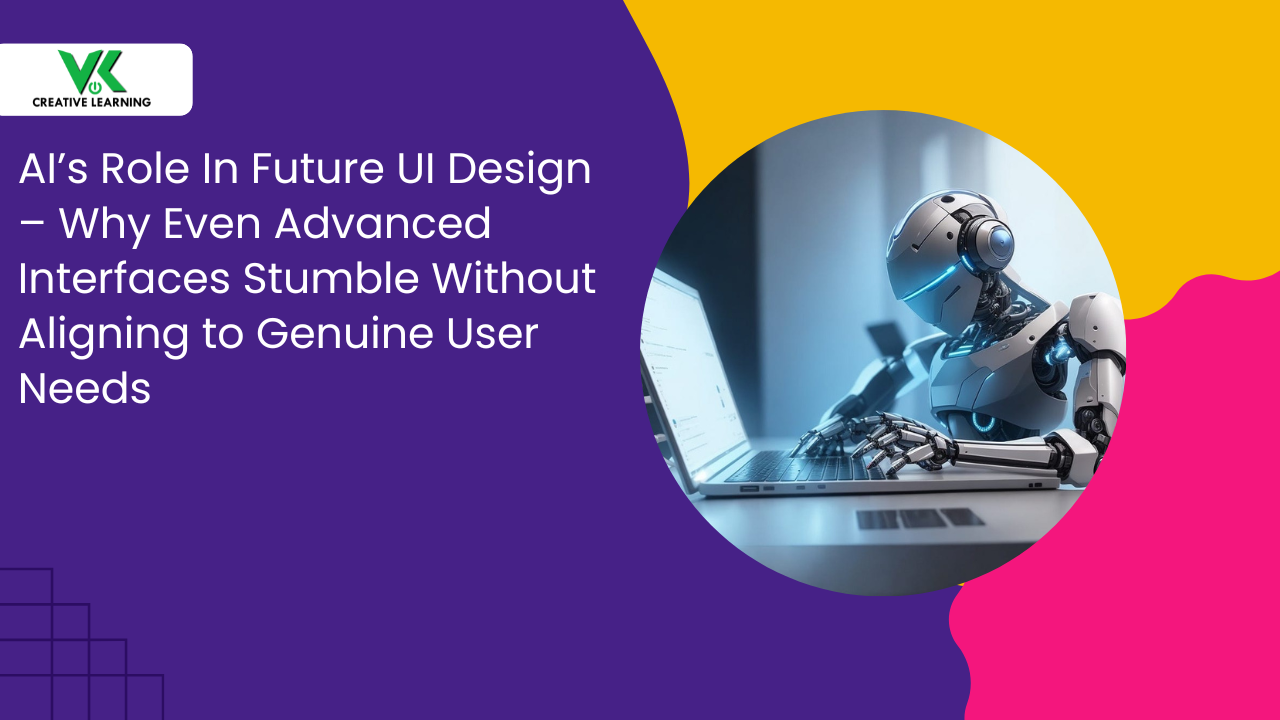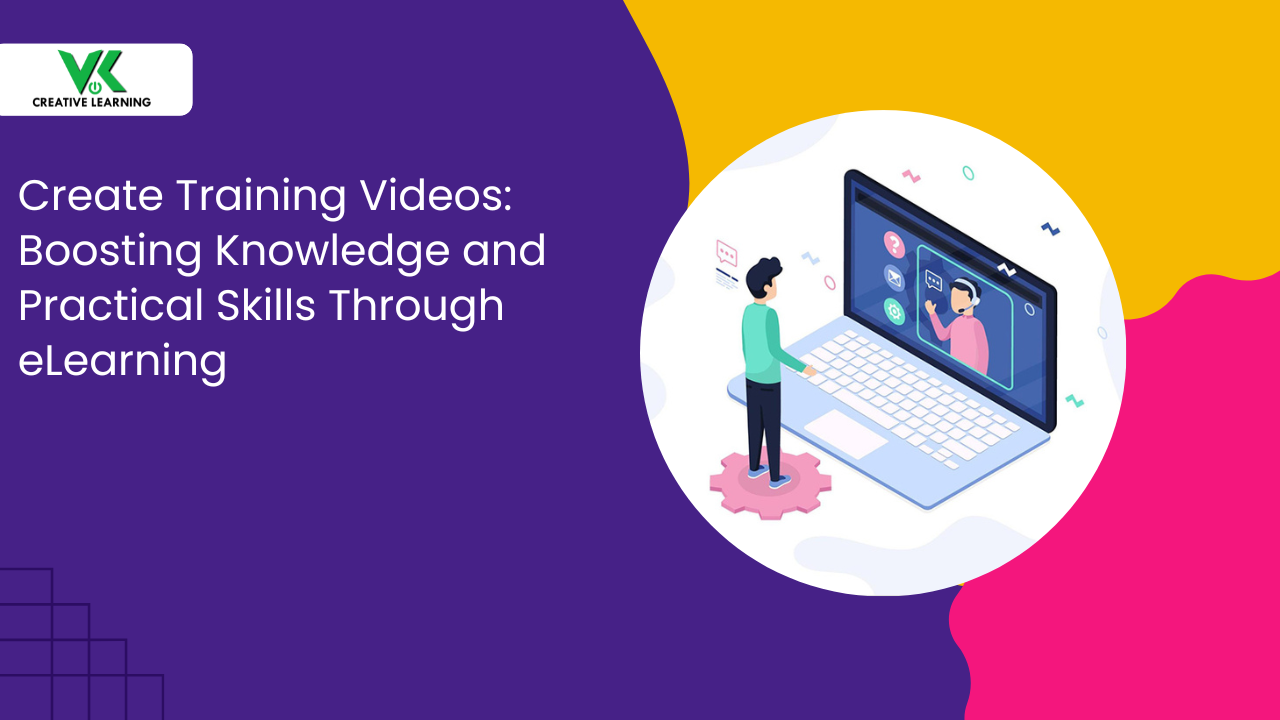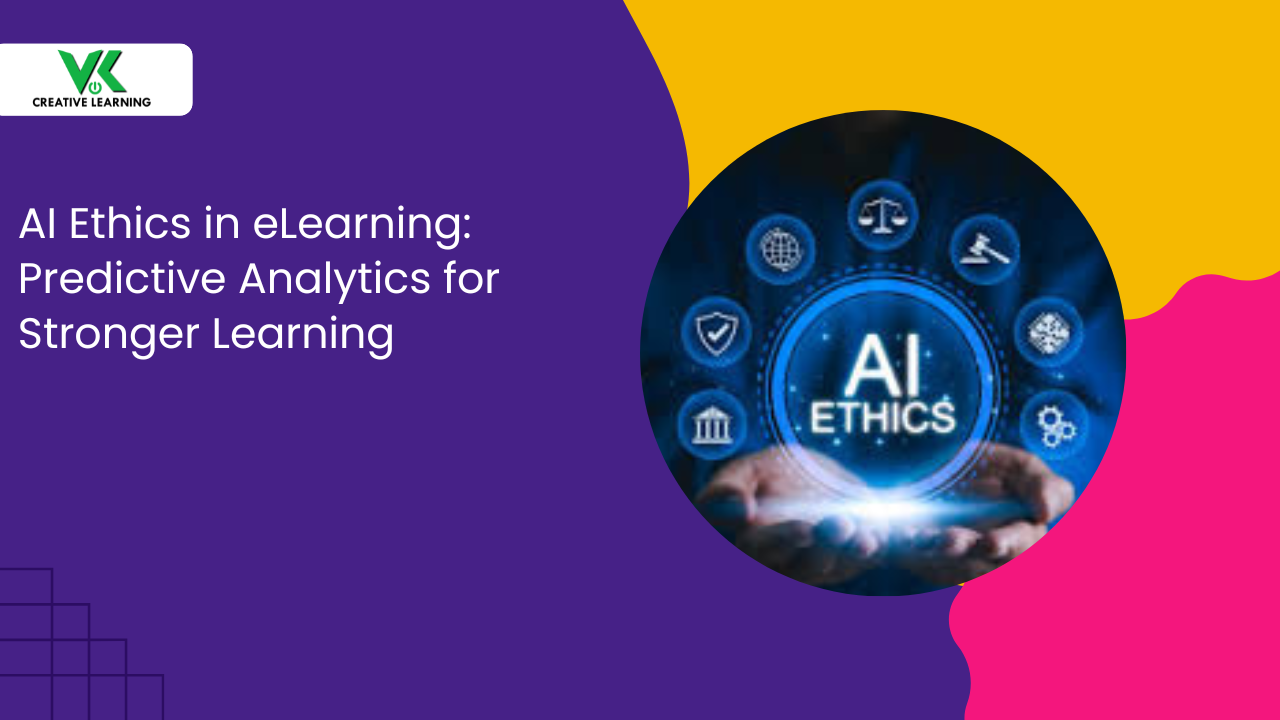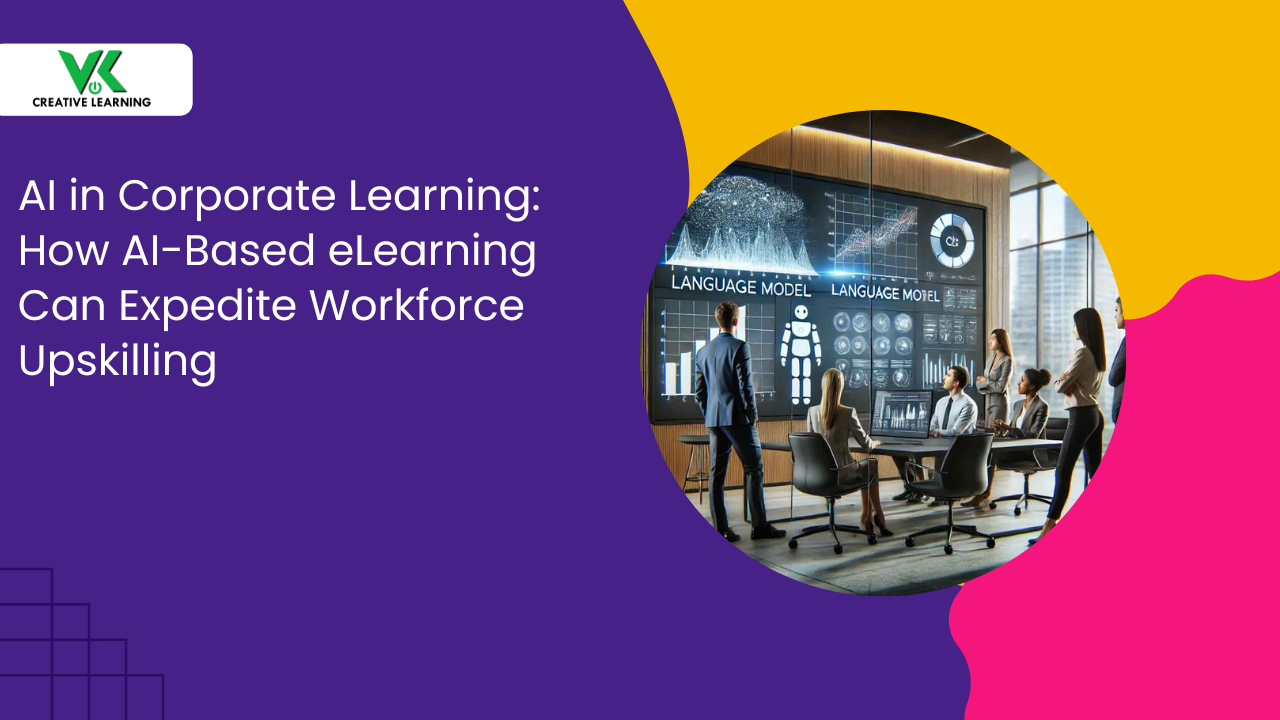Accessibility Consulting in Educational Content Creation: How Impactful is E-learning?
June 12, 2025
Every student comprehends differently when presented with new concepts. That is: some read fast, others need images to understand. Besides, a few learners may need text-to-speech assistance, while others will be able to grasp from simpler words.
But there is a commonality -- they want clear, understandable lessons that they can relate to. That’s where the use of accessibility consulting comes in for educational institutes while educational content creation.
Precisely, inputs are given to institutions to create content that’s easy to hold on to for everyone -- perfect for every learner.
Importantly, accessibility consulting is not only meant for those with some kind of physical or other forms of challenges. It focuses more on making sure all learners, from fast to slow readers, can understand what’s being taught. This has become highly essential in the current world when students have to learn more in less time.
Educational content creation has changed a lot in recent times. Earlier, it meant textual materials (big fat books) and paper-based worksheets. But now, students have easy access to devices -- tablet apps and mobile videos.
That is, the newly introduced changes have brought in new possibilities. This means new challenges have emerged so that learning can become easy. However, if the sync between the digital medium with the conventional mode is not made, some learners may not understand.
Here’s where again, the introduction of accessibility consulting for an academic course plays a major role. The content is created to build a bridge between schools and educational content creators.
This helps to come up with learning materials such as K-12 e-learning, suitable for everyone. The content entails all -- right from readable fonts, captions with images, videos (slow-moving) with real-life examples. The goal through these learning materials is the same -- make learning understandable and clear to learners.
Importantly, accessibility consulting may suggest an e-learning platform that will make understanding the materials smoother. The outstanding aspects are: teachers and students can make use of interactive elements: hands-on simulations and click-based animations. These components are handily accessible, easy, and faster to use.
Table of Contents:
- An Overview: What Is Accessibility Consulting in Education and Edtech?
- More about Accessibility Consulting for Experts and Content Creators
- Using E-learning and Accessibility to Improve Knowledge Building
- Real-Life Benefits and Scenarios of Accessibility Consulting for E-learning Content
An Overview: What Is Accessibility Consulting in Education and Edtech?
Accessibility consulting focuses on inclusive design evaluation for learning materials and learning barrier assessment. Along with them, it suggests various ways for digital inclusion strategies. Further, it helps to examine and understand about learners’ experiences in regards to educational materials. These assessments are conducted by consulting experts across diverse learning environments. They also have a look at multiple personal challenges that learners’ face.
Thus, accessibility consulting (inclusive learning design, equitable content creation, educational access audit) has altered educational content creation. Hence, e-learning content can follow all possible trends and other necessities.
Importantly, accessibility consulting can suggest ways to blend assistive technologies (text-to-speech tools, 3D animations, audio navigation apps, screen readers) in learning.
Also, inclusive frameworks (universal design, adaptive learning plans, accessible templates) are taken care of to overcome the learning gaps.
Thus, educational material in the form of e-learning assets and digital resources sync up with all kinds of learners. This especially includes those who face sensory, cognitive, or physical constraints -- right from birth or due to some circumstances.
Also, e-learning platforms can bring together multiple made-to-order features (that is: adjustable font settings, sign language support, real-time captions).
This way, learners can soak in complex concepts without any kind of mental strain or even for that matter, social hesitation.
Most importantly, accessibility consulting also focuses on setting up remote learning platforms (virtual classrooms, distance education hubs, e-learning platforms). Moreover, accessibility to learning materials, as when needed, will turn into a structural base for swift upskilling.
More about Accessibility Consulting for Experts and Content Creators
When help is taken from consulting experts, they carefully assess thoroughly what the required content elements are. They, then, accordingly, lay out a plan and call attention to details to enhance e-learning content. These improvements play a big role in eliminating confusing learning elements or pushing aside unnecessary barriers.
Interestingly, this approach has many benefits as it goes beyond fixing the problems. Elaborately, it assists to know issues in advance; smoothens the learning curve – learning roadblocks removed.
For example, an accessibility consultant may ask to create content for visually impaired learners. These will sport elements to help them; e.g., the content will have a clearer contrast with subtitles.
Also, changes will be incorporated, like adjustable fonts (larger print, readable size, bold display). Additionally, there will be inclusion of audio narration (spoken content, voice-based guide, aural support).
They also suggest how educational content creators can shift gears and transition into the creation of content suitable for every learner. That is, knowledge gainers may have their own distinct learning path, and e-learning will suit them. These categories of people whom the virtual platform will aid are visual thinkers, slow readers, and auditory processors.
Ultimately, accessibility consulting experts are well aware and thoughtful about various aspects of behavior. These specifically are vision for empathy, designs suiting learners; designed, and carefully personalized courses. These encompass a lot of thinking and cannot be just seen as mere technical fixes.
These measures’ inclusion lets learners of all types make way into the content with confidence. This happens regardless of their ability to learn (quickly or slowly), background, or disability type.
All in all, e-learning with the help of accessibility consulting specialists turns out to be inclusion wrapped in innovation!
Using E-learning and Accessibility to Improve Knowledge Building
Accessibility-driven consulting also encompasses module integration, multimodal content delivery options. Added to this list is a UI-design-compliance framework. This helps to improve concept comprehension in many ways.
Importantly, learner-centric students can thread insights into various referenced ideas to their experiences.
Through adaptive-e-learning platforms (that is: cloud-based LMS solutions, AI-driven content-personalization, and mobile-responsive lesson-delivery), educators embed relatable examples smoothly.
Additionally, video-rich demonstrations, interactive-quiz interactions (household-item-question-formats, real-world-scenario-prompts, multi-sensory-engagement-design) further help the cause.
Also, accessibility consulting suggests drag-and-drop tasks in e-learning so as to enhance contextual learning. The insertion of accessibility-focused elements helps to facilitate lesson clarity.
These elements are curriculum-clarity-assessment, jargon-simplification-workshops, and visual-design-optimization-audits. This happens as there are concise and compact learning modules.
Repetition-focused solutions such as multisensory-repetition-scheduling, format-variety-reinforcement, and scaffolded-review-session-planning are incorporated. This aid to reinforce learning through the utilization of video, image, and text in e-learning.
Learner-oriented e-learning modules also include components such as on-demand lesson revisiting. In addition, progress-tracking dashboards and adaptive remediation prompts are included.
Thus, accessibility-driven strategies, when incorporated in e-learning, can open easy-learning opportunities for understanding content easily.
This plays a big role in strengthening students' knowledge without any pressure.
Real-Life Benefits and Scenarios of Accessibility Consulting for E-learning Content
Firstly, accessibility consulting specialists share techniques to incorporate in e-learning so that content is easily accessible. They also suggest a video with simple narration, text, and images to be embedded in the e-learning.
These measures help to support students' learning. This turns out especially helpful for students who may miss school due to illness or require revision.
Also, when it comes to schools, teachers benefit. Reason: accessibility experts suggest ways to adjust the pace and method based on what students need quickly.
In addition, the use of multiple interactive e-learning tools recommended in accessibility solutions has its own advantages. Various techniques used during educational content creation enable teachers to give extra practice.
Next, easy accessibility to content makes the lives of students easier who move between cities. Importantly, accessible e-learning content means no need to start again. Also, students don't feel lost finding the page where they stopped.
Importantly, students who suffer from temporary injuries (a broken arm) can still learn in class using voice tools or simple screen taps. This way, they don’t lag in studies.
Also, 3D explanatory videos and simulations in edtech accessibility solutions can help children without any need for constant supervision.
Conclusion
E-learning educational content creation can enhance students’ understanding. They also bring better clarity and real-world meaning to learning.
Thus, e-learning powered by accessibility consulting ensures that all students, regardless of needs, learn with ease.
Companies should consider working with VK Creative Learning (VKCL) for expert consulting that focuses on accessible, engaging modules and practical content creation.
